Students use a template to help them write stories with alternative pathways for their friends to read.
This teaching resource gives students the opportunity to write their own story with alternative story lines and endings. Use the Plan Your Own Adventure Template to help students to sequence and plan their ideas before writing. Give students adequate time to write their narrative stories. Allow students to share their work with their peers, either in pairs or as a whole class share. The class will be excited to request which path they want read to them.
Note: It is recommended to enlarge this template before distributing to the students. Click on the link below if you need assistance on how to resize a PDF.
https://support.teachstarter.com/faqs-and-troubleshooting/how-do-i-print-my-resource-in-the-correct-size
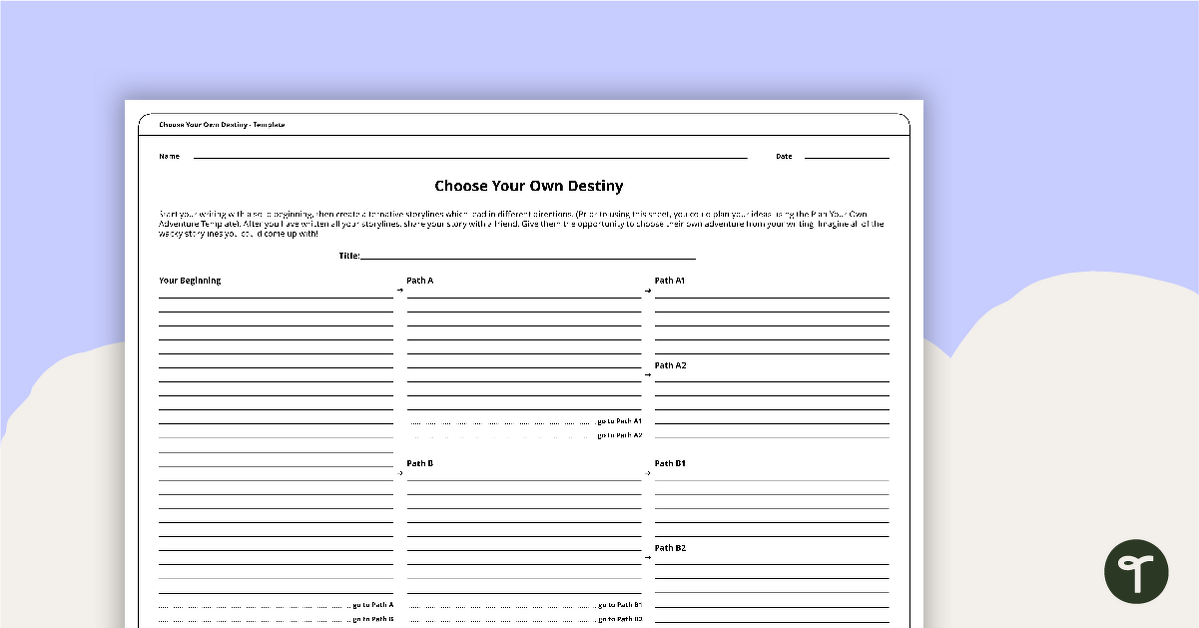
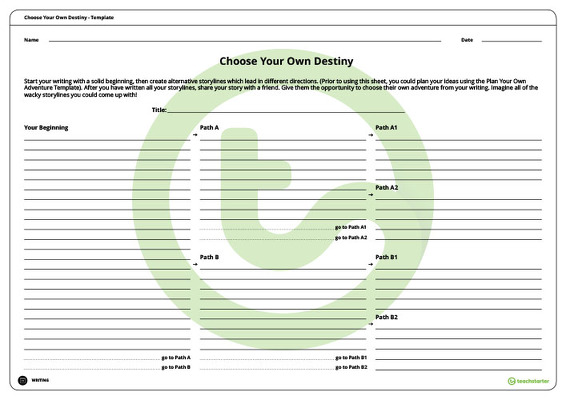


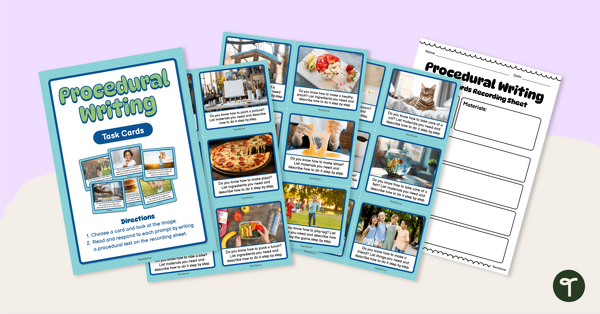
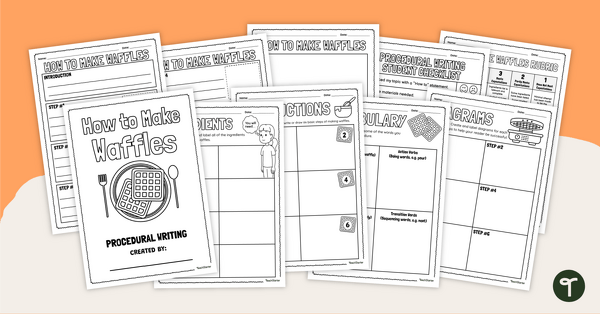
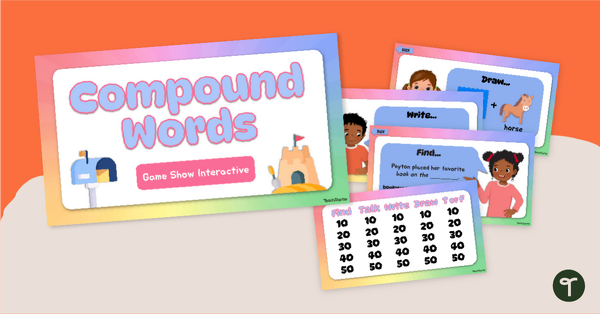
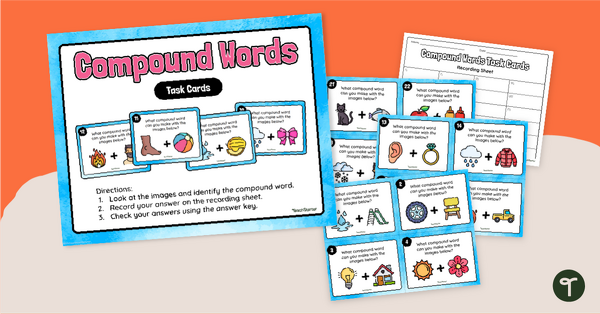
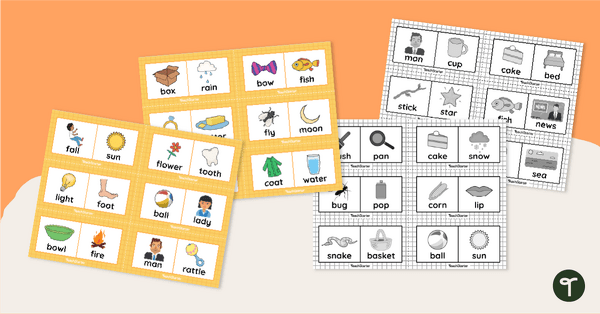
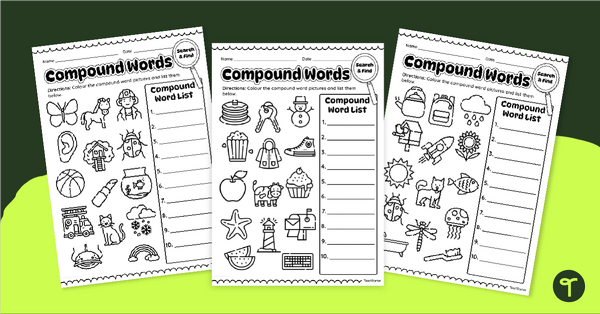
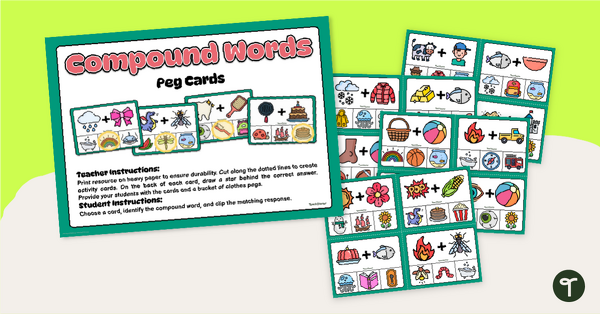
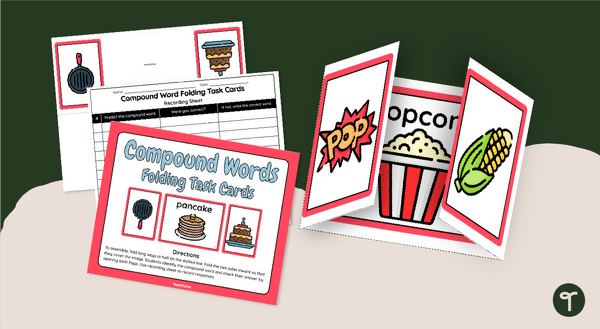
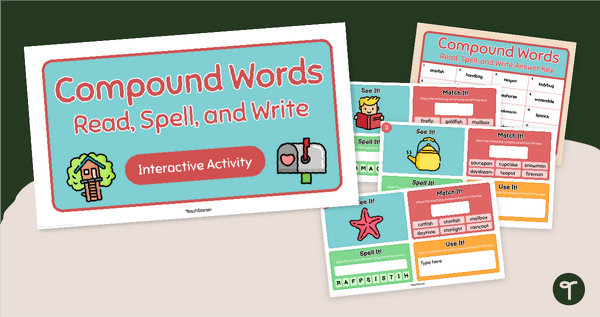
0 Comments
Write a review to help other teachers and parents like yourself. If you'd like to request a change to this resource, or report an error, select the corresponding tab above.